
“David Beckham wears Pi6.” That’s the bold statement you’ll see accompanying much of the advertising material for Bowers & Wilkins’ wireless earbuds as Beckham, buds in ears, looks smouldering as he psyches himself up to appear in yet another truckload of high-paying commercials.
Whether David Beckham’s opinion matters to you or not, there’s no denying that Bowers & Wilkins is a brand with a strong pedigree in the wireless arena. The company’s earbuds haven’t always hit the spot, but the Pi6’s costlier siblings, the Award-winning B&W Pi8, are sensational performers, knocking our socks off with their sparkling clarity and awe-inspiring refinement. Similarly, the brand's premium over-ear offerings generally rake in five-star hauls. Recent form, then, is rather good.
Form and celebrity endorsements aside, we take nothing at face value, even if the face in question is as pretty as dear old David’s. A more affordable alternative to the flagship Bowers & Wilkins Pi8, the Pi6 sit in the premium space occupied by the Bose QuietComfort Ultra Earbuds, the Sony WF-1000XM5 and the new Technics EAH-AZ100. Backing from Becks is all well and good, but even that sort of star power won’t save the Pi6 if they don’t bring their A-game to the wireless earbuds Premier League.
Price
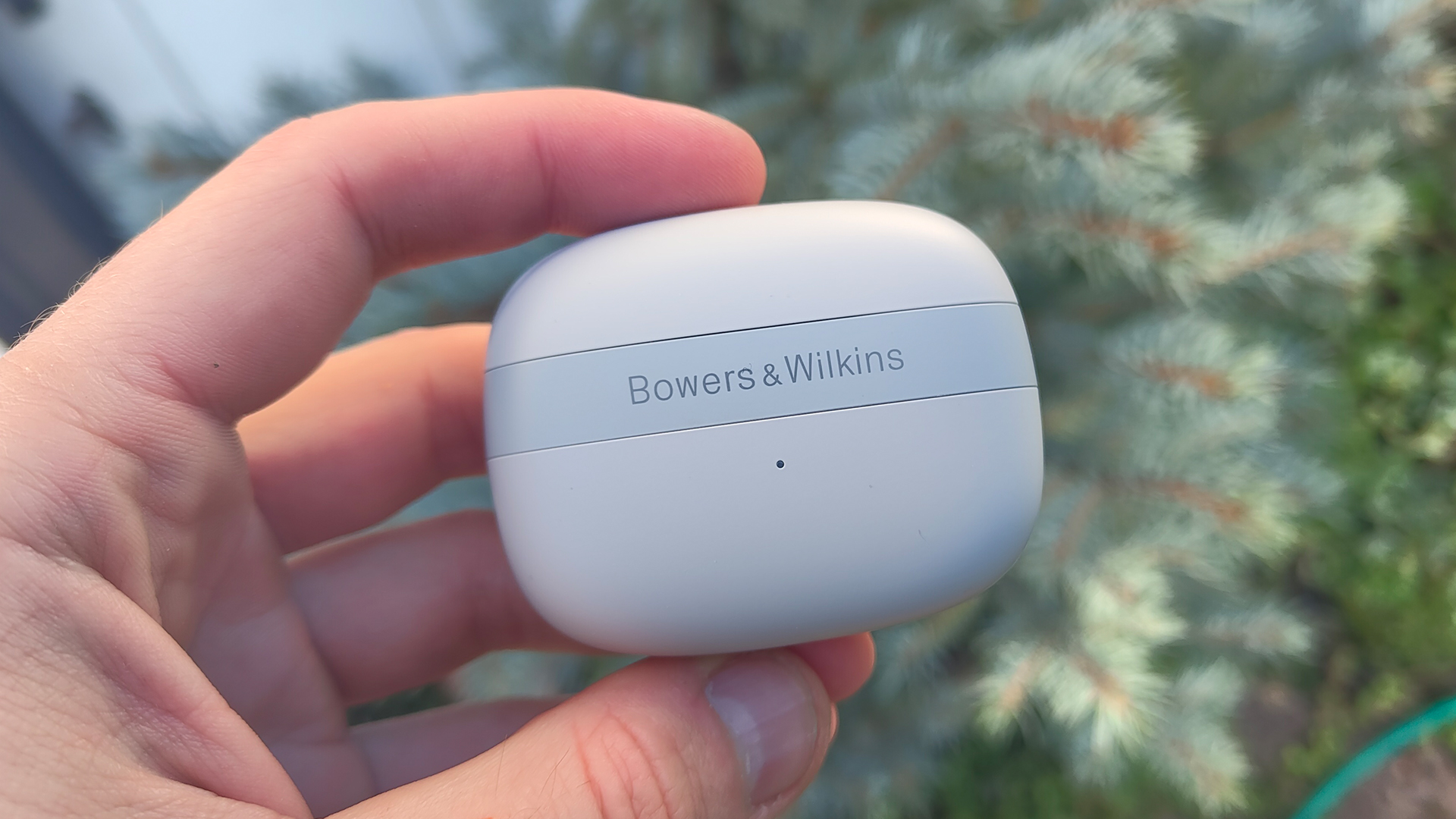
The B&W Pi6 officially retail at £219 / $249 / AU$449, and while that’s not pushing the flagship money of the Pi8 (£349 / $399 / AU$599), the Pi6 are still planted firmly in premium wireless earbuds territory. The Award-winning Sony WF-1000XM5 are generally to be found at roughly £219 / $299 / AU$400 these days, while five-star alternatives such as the Bose QuietComfort Ultra Earbuds (£219 / $299 / AU$350) and Technics EAH-AZ100 (£259 / $299 / AU$499) provide stiff competition.
Build & comfort
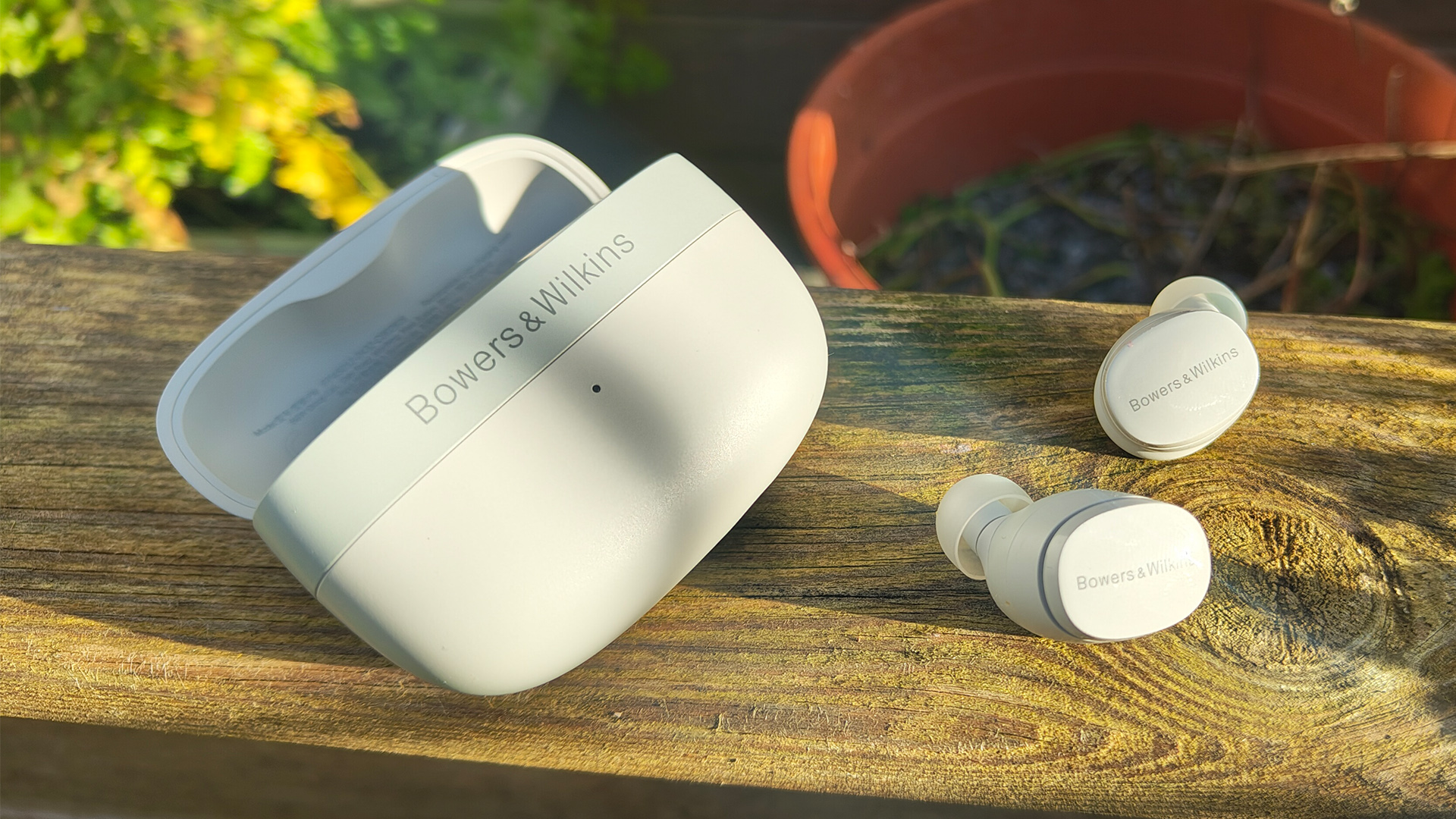
When placed side by side, it’s pretty tricky to tell the Pi6 apart from the Pi8, a fact that unquestionably works in the former set’s favour. After all, the Pi8 are high-end earbuds that we felt were pleasing to the eye and hand when we reviewed them a few months back, and it’s the same story with the more affordable Pi6. With the same shape, dimensions and even weight as the Pi8, this feels like luxury build and design at a lower price point – never a bad thing.
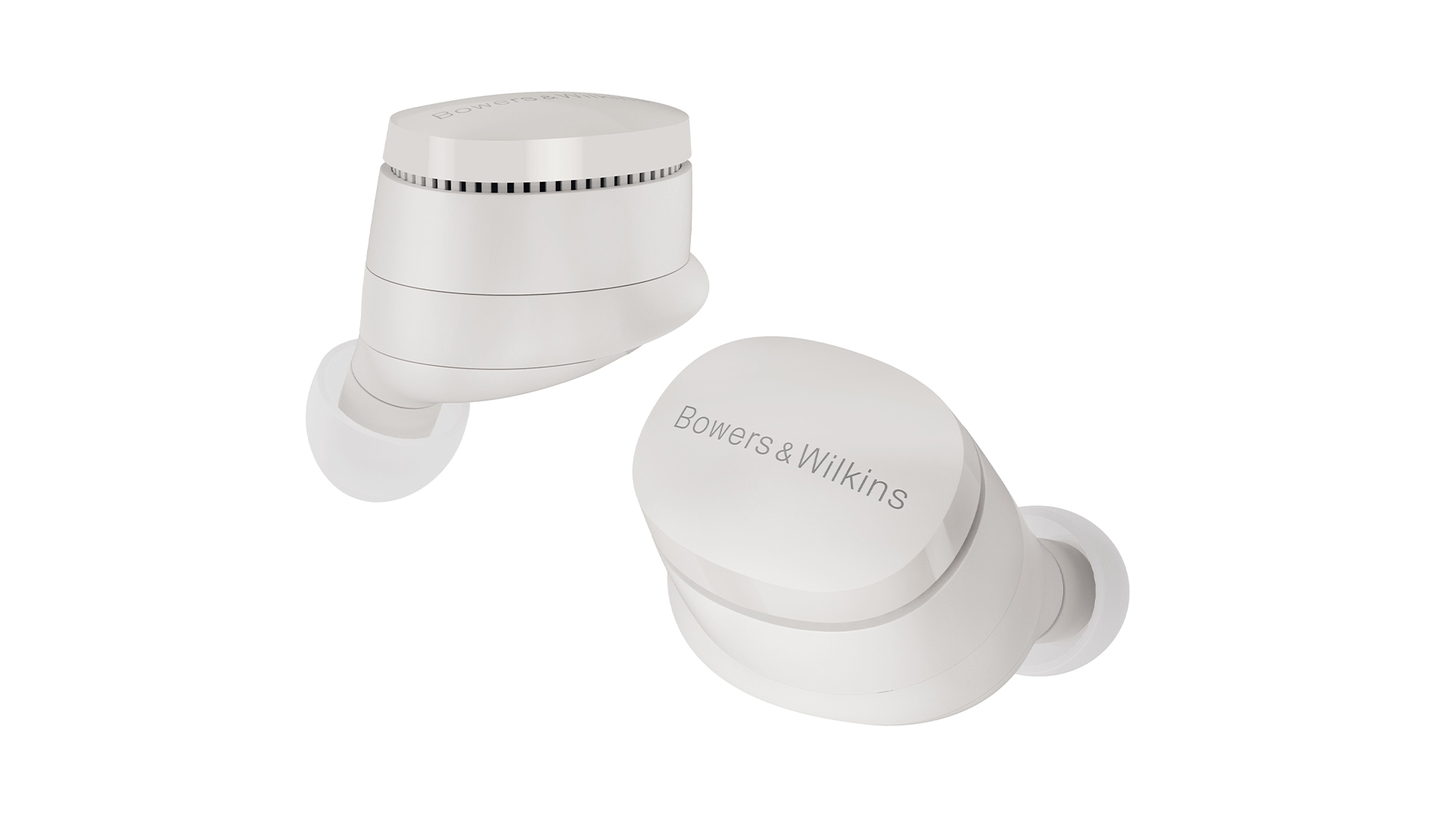
Bluetooth 5.4
Codec Support AAC, SBC, aptX Adaptive
Noise-cancelling? Yes
Battery life 8 hours (single charge with ANC on), 24 hours total (with charging case)
Finishes x 4 (cloud grey, storm grey, forest green, glacier blue)
Weight 7g per bud
Charging case weight 46g
Everything here just oozes class, and while it’s hard to make plastic sound or feel particularly premium or glamorous, Bowers does an excellent job of making the Pi6’s smooth, slightly glossy exterior seem enticing. The charging case is an attractive unit, too, and we can’t help but admire the contrasting band – imprinted with the centralised Bowers lettering – wrapped around the pebble’s smooth exterior. A small touch, but it doesn’t go unnoticed.
Like the Pi8, the Pi6 feature an indented slotted ridge that runs around the outside of each earpiece. Under that ridge are microphones and sensors positioned deliberately to be free from potential obstructions, something which B&W has done to improve the performance of the mics and ensure they can’t become blocked. Even if you didn’t know what it was for, that recessed groove does help to give each earpiece just a touch more je ne sais quoi – not that it was needed, mind.
The Pi6 are, a little like their footballing patron, capable of getting a bit of mud on their metaphorical shorts. They’ve ample protection from limited water and dust ingress thanks to their solid IP54 rating, while four sizes of silicone eartip – XS, S, M and L – should mean you’ll find a decent seal if you were planning on taking the B&Ws for a run or to the gym. The Pi6 will function as workout buds, although excessive straining or gurning (we all do it) while cranking out tricky reps can, in the wrong ears, cause the buds to come loose.
Bear in mind that there’s no ear tip test provided in the accompanying B&W Music app, though, so you’re on your own as far as getting a perfect seal is concerned. Is that a dealbreaker? Probably not, as while we prefer the security of the Bose QuietComfort Ultra Earbuds and their wonderful inner ear stability ridge, the weight and form of the buds should be enough to ensure that, once the right tip is selected, they’ll fit most people most of the time.
Features

Let’s kick off with the Pi6’s noise-cancelling capabilities. Happily, we can report that the Bowers buds won’t let you down when it comes to damping down the clamour of the outside world. While the Bose QuietComfort Ultra Earbuds remain the kings of the hill in giving you that all-encompassing cocoon of calm, our experience with the B&W buds sees most background noises softened if not entirely eliminated. The screech of a rusty workout bench being adjusted or the clank of weights dropping in a busy gym will penetrate through, but more general, constant background noise is handled ably enough.
That said, we’d perhaps like to see a tad more ANC customisation from earbuds in this price bracket, as there’s no way of altering the strength of the noise cancelling via the accompanying Music app. There isn’t a veritable host of ANC modes, either, with only two flavours – a standard mode and a more transparent pass-through setting – offered here.
That leads us to another omission: spatial audio. Some love it and others find it to be the Devil’s work, but when most rivals at this price are implementing the tech in some way – be it Bose’s Immersive Audio tech or Sony’s 360 Reality Audio mode – it’s worth highlighting what feels like an obvious deficiency for the Pi6. They don’t offer wireless charging either, a feature you’ll find with their Technics EAH-AZ100 and Sony WF-1000XM5 rivals.

Let’s get back to what the Pi6 do have. B&W might not be interested in all that spatial audio business, but that doesn’t mean that other sonic considerations are out of the window. The Pi6 can handle 24-bit/96kHz audio transmission thanks to aptX Adaptive codec support alongside the standard AAC and SBC codecs, though you don’t need to be playing through the higher quality codec to get the Pi6 sounding great. We’ll get to that in a moment.
The Pi6 showcase good call quality during our tests, with voices coming through as clear, expressive and articulate. We did experience some background noise during calls, even in environments where there was little or no environmental sound, and while it wasn’t enough to disrupt the experience, it’s worth noting all the same.
Battery-life figures are solid, clocking in at around eight hours from the buds with ANC on and a total of 24 when the charging case is in play, while a 15-minute fast charge grants two hours of playback. We found B&W’s stated numbers to ring true during our tests, as the buds managed to last to around their stated duration before needing a recharge. Those battery figures exactly match those provided by the Award-winning Sony WF-1000XM5, beating the 6 hours (buds) offered by the Bose QuietComfort Ultra Earbuds but falling short of the impressive numbers put up by the Technics EAH-AZ100 (10 hours from the buds and 28 with the case).
If you’re looking to customise your experience with your spiffy new buds or simply check up on how much battery life you have left, you’ll need to head over to the Bowers & Wilkins Music app. It’s not a bad platform, but we’re left feeling that rivals offer more comprehensive services than B&W can muster. Yes, there’s a customisable equaliser, but it’s only two-band for tweaking bass and treble, and we’re a little confused by the fact that we seemingly needed to pair the buds twice separately to get them to work – once with the app itself and once with our phone’s general Bluetooth settings.
You can also customise the earbuds’ touch controls from the app, but again, it’s a frustratingly limited experience. There are only two adjustment parameters – ANC and voice assistant or volume control – which have to remain in their respective pairs rather than being assigned individually. If you have your touch surfaces set to Volume Control, for instance, tapping the left earbuds will decrease the volume and tapping the right will increase it. There’s no way to dig deeper, however, to have a set-up where tapping the left earbuds adjusts volume, say, and the right manages noise cancelling. The idea of double or triple taps (as found in the Sony and Technics buds), meanwhile, doesn’t seem to have arrived at Bowers Towers.
We’d also warn you that the connectivity kinks that we experienced with the Pi8 occasionally reared their ugly head during our testing of the Pi6. There’s nothing truly disastrous to report, but intermittent dropouts between the buds, during which sound could only be heard in one ear and then the other, might yank you out of your moody all-night Nick Cave marathons or headbanging Slayer sessions. Those dropouts only happened once or twice over a good few weeks of testing, but they’re worth noting if you’re eyeing a pair of Pi6 and covet a super stable connection.
Sound
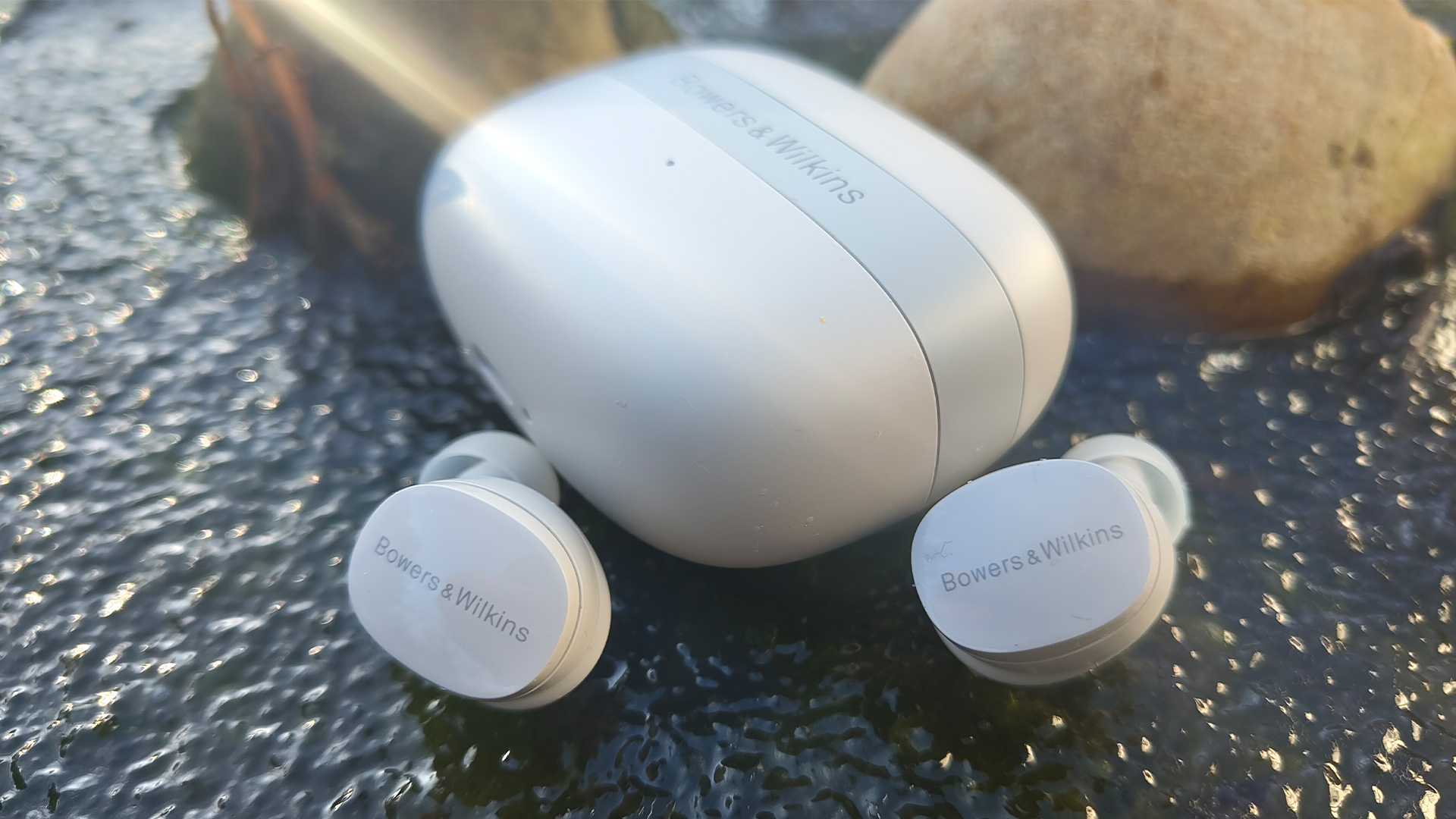
The Pi6’s 12mm drive units are essentially scaled-down versions of the ones found in the five-star Px7 S2e over-ears. They’re distinct from those you’ll find in the Pi8, however, which use a carbon cone compared with the bio-cellulose drivers packed by their step-down siblings.
That difference in drivers helps give the Pi6 their own distinct flavour. A powerful, full-bodied pair of earbuds, they bring ample muscle to your tunes which, especially when paired with the right songs and genres, delivers a thrilling listen. Soundgarden’s relentless, guitar-driven grunge anthem Bleed Together is a transportive experience via the Pi6, and soon we’re whisked back to a dingy night in the ’90s at a subterranean Seattle club as the crunchy guitars surge and men in plaid shirts spill our imaginary cup of warm beer. That blend of attack and fullness serves rowdy rock perfectly, giving Slipknot’s Psychosocial all of the maniacal meat and muscle that such a dense, powerful ear-bleeder demands – frontman Corey Taylor would be proud.
The detail on display is also impressive, even if the Pi6 don’t match the sparklingly clean sound of the more high-end Pi8. Fire up the first few notes of Hans Zimmer’s Jack Sparrow and the depth and fullness of the strings comes across as strikingly lifelike and expressive, complemented nicely by the nimbleness with which the B&W buds express the track’s jaunty dynamic sways. There’s no hollowness or a feeling of the buds saying “that’ll do” – instead, instrumental timbres are filled in to provide the full sonic picture rather than just a rough approximation.
Those feelings of solidity and fullness are aided by the Pi6’s ample bass reproduction. The earbuds don’t come across as unbalanced, thankfully, yet there’s more than enough lower-end power to keep bass-hungry headbangers happy, and while bass-leaning headphones can often end up sounding blobby or unwieldy, the Pi6 have the tautness and control to keep things in check. Instead of dragging tunes down or leaving them to slog through a bassy swamp, the agile bottom-end dovetails nicely with the middle and upper echelons to create a cohesive concoction.
These areas of strength, however, are tempered by some inevitable sonic trade-offs. As hinted above, the Bowers aren’t the most spacious or crisp sounding earbuds you’ll hear, and switching between the Pi6 and the almost unbelievably open and clear Technics EAH-AZ100 is a little like watching Dune on a cinema screen after you’ve been squinting at it on your iPhone – the latter buds simply offer acres more space in which your music can breathe.
Meanwhile, the Pi6’s timing capabilities are certainly nothing to be sniffed at, but we find that the class-leading Sony WF-1000XM5 pick out tricky rhythmic passages with appreciably more lucidity and flair. The Sony and Technics have all of the standard bases covered, plus those extra areas of strength that just elevate them beyond the still-impressive capabilities of the Bowers hopefuls. The Pi6 earbuds are thrillingly enthusiastic and front-footed, yet for all-round sonic capabilities, their five-star rivals might offer just a little more overall quality for the money.
Verdict
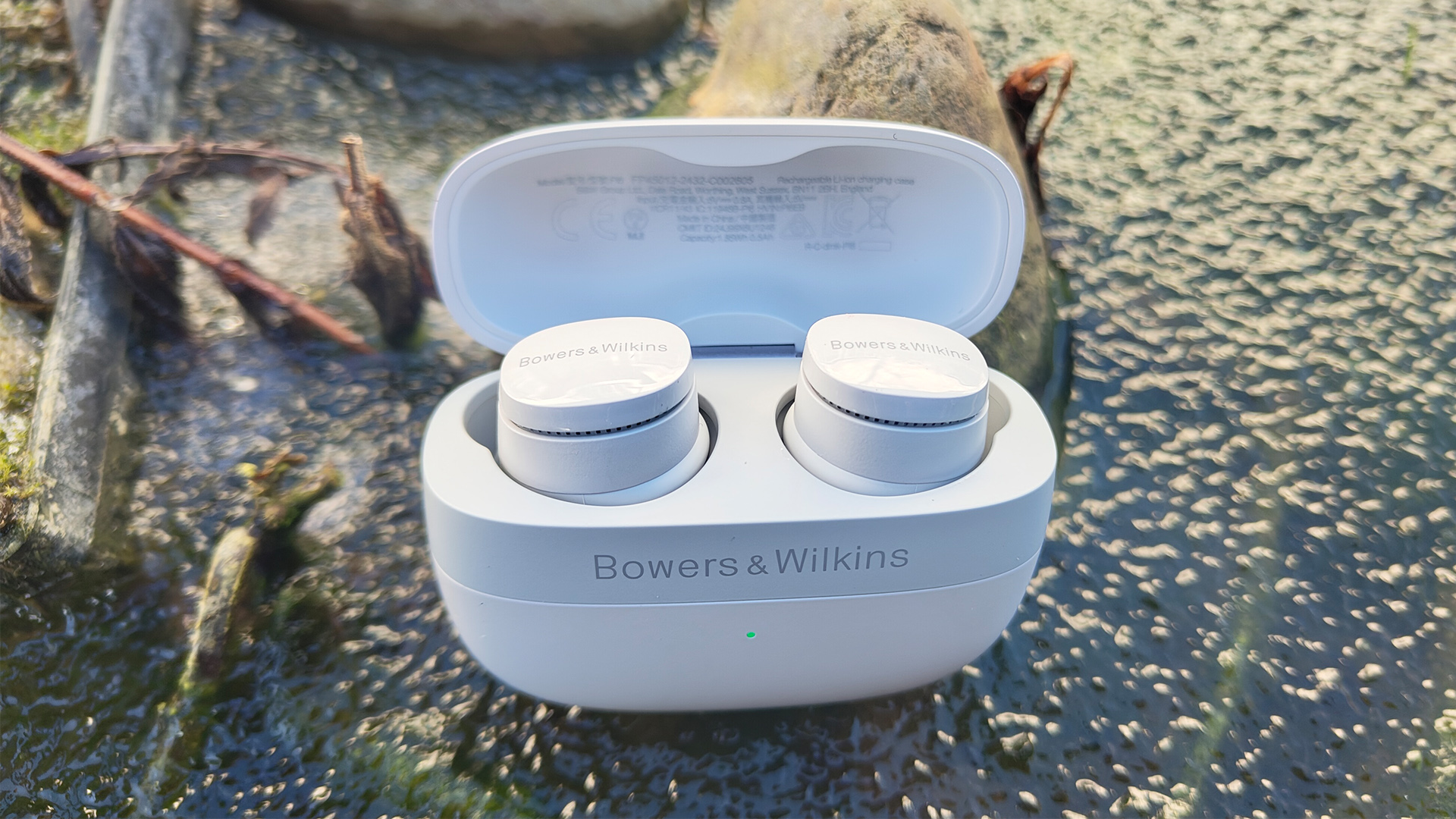
At this premium price, the quality of the competition is hard to ignore. That said, the Bowers & Wilkins Pi6 are an attractive, accomplished pair of wireless earbuds which, when let loose on the right tracks, can take you for a thrilling sonic ride. Their power and attack grant genres such as hip-hop, rock and heavy metal extra helpings of excitement, while their solid detail levels mean that you’ll still be in the picture no matter the tunes you choose. Maybe Becks is right after all.
First reviewed: January 2025
SCORES
- Sound 4
- Features 4
- Comfort 5
MORE:
Bowers & Wilkins Pi8 vs Pi6: which B&W wireless earbuds should you choose?
Read our review of the Sony WF-1000XM5
Also consider the Technics EAH-AZ100
Read our Bose QuietComfort Ultra Earbuds review
Best wireless earbuds: top pairs tested by our reviewers







